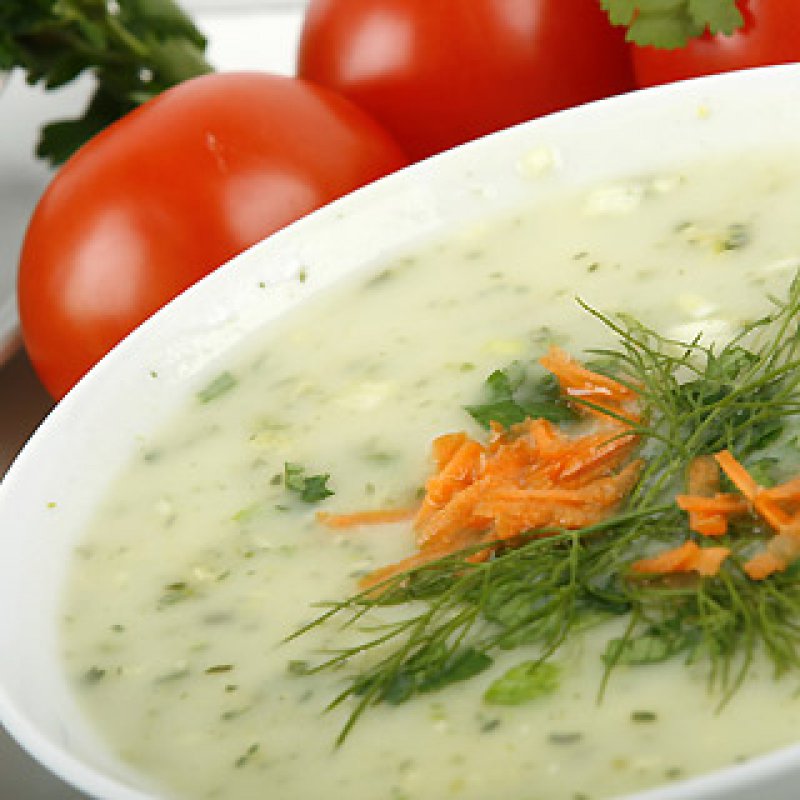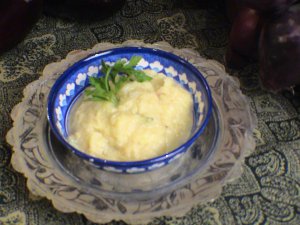Here in Greece, our most popular soups are chicken soup, fish soup, trahanas, and of course, our national bean soup known as fasolada. Made from a wide array of lamb innards, mageiritsa is one of the most beloved, while simultaneously one of the most despised soups of Greece. The national soup of Italy is the minestrone with beans, pasta and vegetables, while the French classic is onion soup with cheese cooked au gratin. The French recipe of bouillabaisse with fish is also one that is esteemed and cherished across the country. The Russian borscht with beets, the Spanish gazpacho characterized by its tomatoes and olive oil, as well as the Scottish soup with mutton and barley, are soups that are served in restaurants across the globe.
Because they can be prepared relatively fast, with ingredients that are available in every kitchen, soups are generally considered to every mother’s favorite dish. They can be served as an appetizer or an entrée, even a dessert in some cultures. The word soup is an Italian term derived from the mediaeval word "sop," a term that referred to the slice of bread which would be served it a hot broth of vegetables, legumes, or meat.
Tips for making the perfect soup:
- Prepare the base for any soup with a broth made from vegetables, chicken, veal, or fish.
- Add the rest of the ingredients on the basis of personal taste and appetite, or cultural tradition.
- Fresh vegetables are definitely tastier and more nutritious additions but you can also use frozen, such as peas, corn and green beans.
- Mash the soup’s ingredients in a blender for a more creamy texture, thus perfecting the final appearance.
- In order to make a more ‘velvety’ soup, after blending the ingredients, pass them through a chinois or a thin colander, and then add a bit of fresh cream or yogurt.
- For less fat, add only yoghurt, but be aware that your soup might acquire a slightly sour flavor.
- To decrease the fat content of your soup, you can always substitute fresh cream with evaporated milk.
- If you chose not to blend your ingredients, finely chop them and ultimately serve them as they are in the broth.
- For the soup to thicken, add a mixture of corn flour and cold water (approximately 4 teaspoons corn flour in ½ cup water for every liter of soup) after it has boiled.
- In order to make the soup mushier, just add vegetables with starch like potatoes, celery root, or, carrot, and, of course, rice or pasta.
- For a soup with less fat you should let it cool well and remove the fat which congeals on the surface.
- If the soup has more salt than required, add a raw potato and let it boil for another 15 minutes, remove the potato and serve.
- Add finely chopped spices like parsley, dill, and chives for the tastiest and most nutritious garnish.
- Otherwise, garnish the plates with croutons, finely cut dried nuts, bacon, salmon, parmesan, other grated cheeses, crackers or salty choux.
- Conserving the soup in the refrigerator for 3-4 days, or for several weeks in the freezer before serving will actually improve its taste.
- Vacuum pack the soup and ensure that it has cooled well before conserving it in either the refrigerator or freezer.
- Do not conserve soups that contain fish or sea food; these must be consumed on the same day that they are prepared.
- When serving a cold soup, like the Spanish gazpacho add spices directly before serving and serve in a frozen bowl/plate.
How to Upgrade Your Soup
Every country has its favorite soups made from ingredients that are uniquely local and characteristic of its gastronomic tradition. Even so, scroll down to discover some helpful tips that could apply to almost any soup...
Country:
Category:
Related Articles
Most Popular recipes



































































